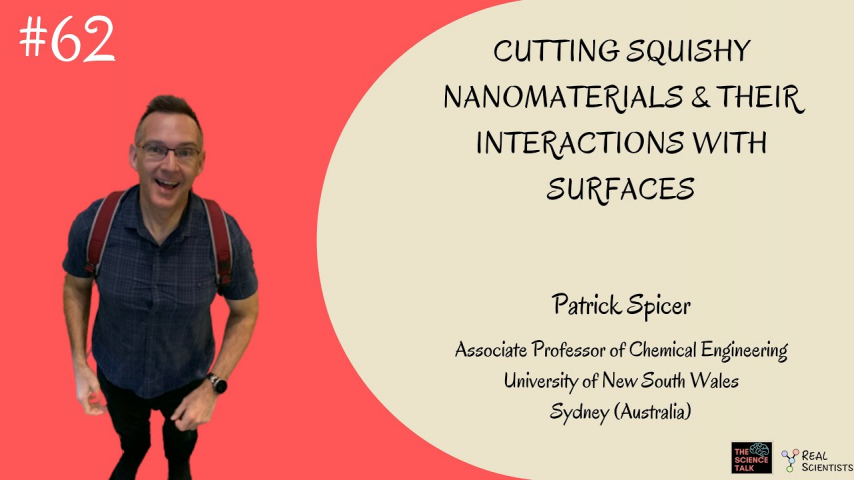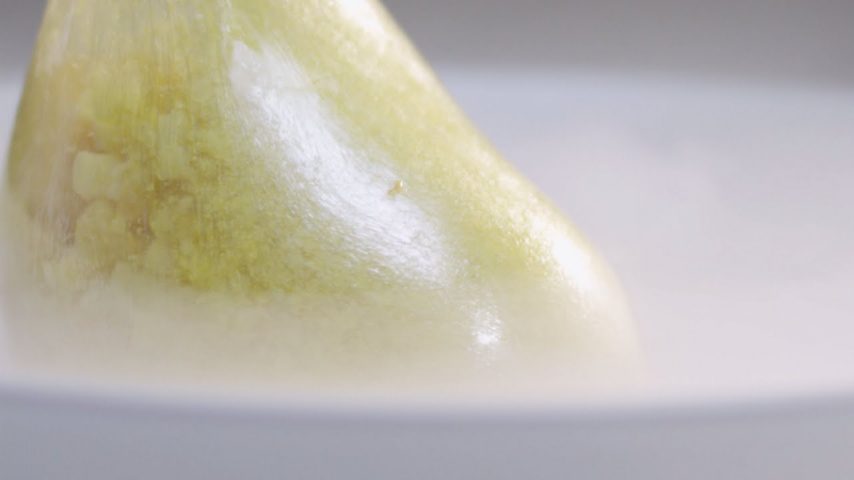
My Expertise
Design and development of microstructured fluid materials by understanding their kinetic behavior, particle shape effects on materials performance, interactions of soft matter with biological systems, and scale-up of soft matter manufacturing processes.
Fields of Research (FoR)
Soft Condensed Matter, Rheology, Colloid and Surface Chemistry, Powder and Particle Technology, Food Chemistry and Molecular Gastronomy (excl. Wine), Crop and Pasture Protection (Pests, Diseases and Weeds), Pharmaceutical SciencesSEO tags
Biography
Patrick Spicer is an Associate Professor in UNSW’s School of Chemical Engineering. He is Research Director for Chemical Engineering and is the lead of the new Chemical Product Engineering stream as well as the Fluids Foundry Chemical Engineering Makerspace.
He directs the Complex Fluids group, a team that works with industry and academic partners to design smart fluids with unique response and flow behaviour linked directly to product and...view more
Patrick Spicer is an Associate Professor in UNSW’s School of Chemical Engineering. He is Research Director for Chemical Engineering and is the lead of the new Chemical Product Engineering stream as well as the Fluids Foundry Chemical Engineering Makerspace.
He directs the Complex Fluids group, a team that works with industry and academic partners to design smart fluids with unique response and flow behaviour linked directly to product and material performance. His lab at UNSW combines broad microscopy, microfluidic, and rheology capability that can be used to understand the behaviour of fluid coatings, films, and other complex products.
Before UNSW, Pat ran a central engineering research department for the Procter & Gamble Company in the US for 15 years. His group developed new product and process technology there for all of P&G’s billion-dollar brands. He is co-inventor of P&G’s $30 million cubosome patent portfolio that Children’s Hospital Cincinnati used to develop the first product to prevent life-threatening infections in premature infants. He is also the inventor of P&G's recently-patented responsive droplet technology.
My Research Activities
Areas of focus:
Formulated product development and scale-up - Develop and evaluate innovative microstructured fluid products with biological and industrial relevance.
Rheology measurement and design - Novel approaches to understanding the microstructure behind commercial fluid flows and performance
3D printing - Use surprising materials to print three-dimensional designs. How will your new food, biomaterial, cosmetic, or coating behave when you try to 3D print with it?
Engineered nanocellulose - Harness bacterial producers of cellulose nanofibers to weave, template, and manufacture advanced materials.
Emulsions and their shapes - Emulsion droplets are used in vaccines, pesticides, cosmetics, and foods by dispersing one liquid, like an oil, in another, like water.
Cubosome and hexosome nanoparticles - Nanostructured liquid crystal particles with unique shape and biological function.
My Teaching
CEIC4007: Product Design Project Thesis A
CEIC4008: Product Design Project Thesis B
CEIC6711: Complex fluid microstructure and rheology
Location
Contact
Publications
ORCID as entered in ROS
Videos

